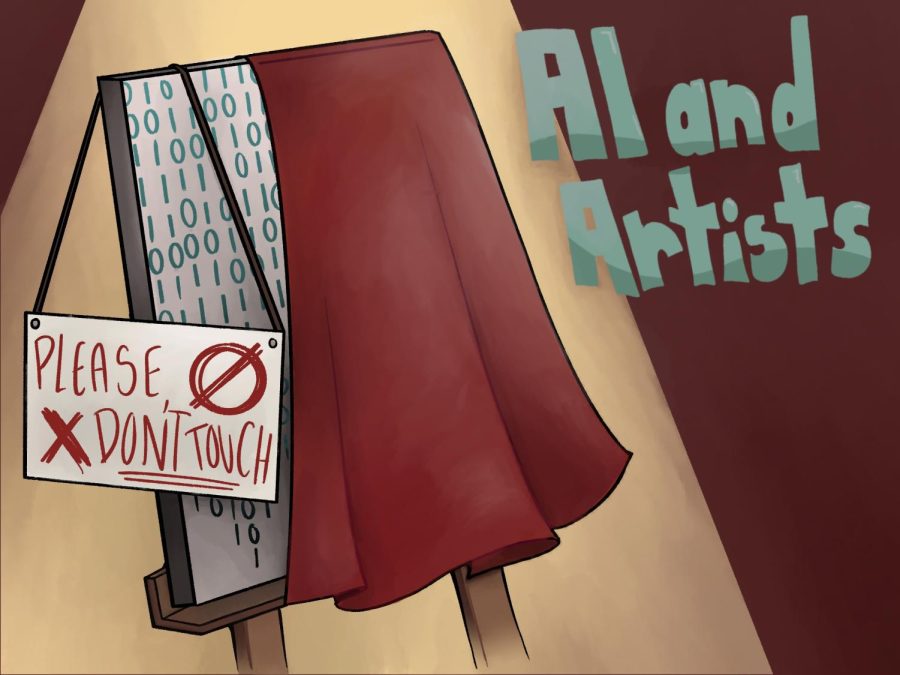AI Resistance Unveiled: 5 Key Insights Shaping 2025
Discover the rising resistance to AI among students, coders, and creatives, driven by cultural values and economic concerns. Explore the implications for 2025.

Resistance to AI: A Growing Movement
A quiet but growing movement of resistance to artificial intelligence is emerging across the American workforce, particularly among students, programmers, and creative professionals. As AI tools like ChatGPT, GitHub Copilot, and Midjourney become deeply embedded in education and industry, a subset of users is consciously pushing back—prioritizing human-made work, expressing skepticism about AI’s reliability, and even choosing career paths less vulnerable to automation. This trend, documented in recent surveys and reporting, reflects not just technical concerns but also cultural values, economic anxiety, and a desire for authenticity in an increasingly algorithm-driven world.
The Rise of AI Resistance
Who is Resisting?
Resistance is most visible among college students, early-career coders, artists, writers, and other creatives. In Silicon Valley, some programmers are refusing to use AI coding assistants, citing both technical limitations and fears of hastening their own obsolescence. Among students, a significant cohort values the process of doing work “the old-fashioned way”—brainstorming, writing, and researching without AI assistance.
Why Resist?
Motivations vary. Some resisters cite pride in craftsmanship and distrust of AI-generated output. Others express anxiety about critical thinking erosion or environmental concerns tied to AI’s carbon footprint. For many, there is a cultural element: a commitment to individualism and self-reliance that clashes with the idea of outsourcing creativity or problem-solving to machines.
How Widespread Is It?
While resistance is notable, it is not universal. Over one-third of college-aged adults use ChatGPT regularly, and nearly all have tried it. Yet, nearly half of Gen Z respondents worry AI will corrode their ability to think critically, and 41% say generative AI tools make them anxious.
Economic and Employment Context
The resistance movement unfolds against a backdrop of rapid AI-driven transformation in the labor market. Researchers estimate that widespread adoption of current automation technologies could affect half of the global economy—1.2 billion employees and $14.6 trillion in wages. In the U.S., jobs most exposed to AI tend to be higher-paying and require more education: 27% of workers with a bachelor’s degree or higher are in roles considered most exposed to AI, compared to just 3% of those without a high school diploma.
Recent unemployment data shows that young college graduates are being hit harder than their non-college peers, with joblessness for 23-to-27-year-old degree holders rising to 4.6% in 2025, up from 3.2% in 2019. Over the same period, non-college-educated workers in the same age group saw only a 0.5% increase in unemployment. This disparity has led some young people to reconsider traditional career paths, with growing interest in trades and hands-on roles perceived as more “AI-proof.”
The Psychology of AI Anxiety
AI anxiety is distinct from previous technological disruptions. It combines economic insecurity, technical opacity (“black box” systems), and political disillusionment. Workers and students are not just worried about job loss, but also about the quality and authenticity of AI-generated work, the lack of transparency in AI decision-making, and the broader societal implications of outsourcing judgment to algorithms. This anxiety is amplified by a broader collapse of trust in institutions—government, media, science—and frustration with the declining quality of digital platforms.
The Limits and Paradoxes of Resistance
Resistance to AI is not monolithic, nor is it always principled. Many skeptics are also users, reflecting a pragmatic tension between distrust and dependence. In some occupations, resistance is performance-based: as AI tools become more accurate and cost-effective, opposition tends to fade. For example, roles like file clerks and data entry keyers show high support for AI augmentation as the technology improves, while jobs involving moral judgment or personal touch—such as nuclear power reactor operators, bakers, and sports medicine physicians—remain more resistant to full automation, even as AI capabilities advance.
Broader Implications
The rise of AI resistance has several important implications:
- Education and Career Choices: Students and young workers are increasingly factoring AI exposure into their education and career decisions, with some opting for trades or roles that blend technical and manual skills.
- Workplace Culture: Companies may face pushback as they roll out AI tools, especially in creative and technical fields where employees value autonomy and craftsmanship.
- Policy and Regulation: The public’s mixed feelings about AI—embracing its benefits while fearing its risks—present a challenge for policymakers seeking to balance innovation with safeguards.
- Cultural Shifts: The value placed on “human-made” work could lead to new market niches and consumer preferences, even as AI becomes ubiquitous.
Visualizing the Movement
While there are no widely recognized logos or mascots for the “resistance to AI” movement, visual representations might include:
- Protest art by artists rejecting AI-generated imagery, often shared on social media.
- Screenshots of coders opting out of AI coding assistants in GitHub or other platforms.
- Classroom scenes where students hand-write essays or brainstorm on whiteboards instead of using ChatGPT.
- Infographics comparing AI-exposed vs. AI-resistant jobs, or illustrating the rise in unemployment among young college graduates.
Conclusion
Resistance to AI is a multifaceted phenomenon, rooted in economic self-interest, cultural values, and genuine concern for the future of work and creativity. While the movement is not yet mainstream, it reflects deepening anxieties about automation’s impact on identity, quality, and fairness. As AI continues to advance, the tension between adoption and resistance will likely shape not just individual careers, but the broader trajectory of technological change in society.



